Now a days Physiotherapy for Diabetic patient is play a very important role. Diabetes refers to a group of conditions characterized by a high level of blood glucose, commonly referred to as blood sugar.
What is Diabetes?
Too much sugar in the blood can cause serious, sometimes life-threatening health problems. During food digestion or carbohydrates break down into glucose which is carried by the bloodstream to various organs of the body. Insulin is a hormone produced by beta cells of the pancreas and is necessary for glucose intake by target cells. In healthy people, beta cells of the pancreas produce insulin; insulin binds to its receptor on target cells and induces glucose intake.
There are three main types of diabetes.

Type 1
when the pancreas does not produce insulin it is called type 1 diabetes.
Type 2
when the pancreas does not produce enough insulin (or it cannot be processed) it is called type 2 diabetes.
Gestational Diabetes
when the insulin is less effective during pregnancy it is called gestational diabetes.
Sign and Symptoms of Diabetes
Diabetes can cause blood circulation and nerve problems. Diabetes cause musculoskeletal, neurological and rheumatic illness.
The most common sign and symptoms may include are;
- Always feel thirsty
- Feeling dizziness or tired
- Always feel starving
- Blurred vision
- Swing of mood
- Sudden headache
- Having cuts and wounds in foot
- Have weight gain (type 2) or weight loose (type 1)
- Excessive urination
- Cramps in legs
- Loss of balance and coordination
- Muscles weakness
- Frozen shoulder
- Back ache
Role of Physiotherapy for Diabetic Patient
Physiotherapy had a very key role in diabetes. Physiotherapist deals with the complications of diabetes like,
Weight Management
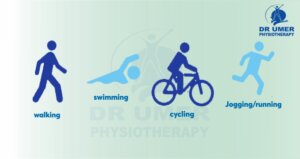
Physiotherapist will help you to maintain your weight with exercises. Guide you the daily routine activities like walking, cycling, jogging and swimming.
Excessive urination
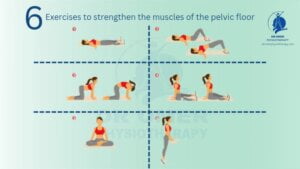
Physical exercises will help you to control excessive urination with Kegal exercises.
Loss of balance and coordination
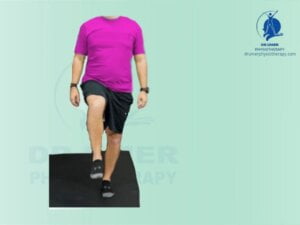
Physical therapist can improve your ability to walk and help you to regain your balance, so you can prevent falls. Apart from this, the exercises will able you to boast your coordination.
Muscles weakness
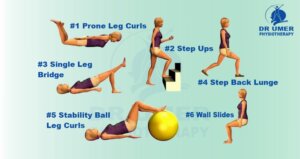
Muscles weakness is very basic problem in diabetes. Physiotherapist helps you in strengthening of muscles with strengthening exercises.
Frozen shoulder
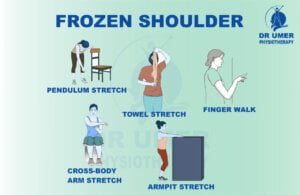
Every 3rd diabetic patient is suffering from frozen shoulder. Physical therapist will suggest you exercises according your phase which helps you to maintain the range of motion.
Back ache

Diabetic patient feels pain in back because of weak muscles or spasm. Physical therapy will help you to relief back pain with electromagnetic machines, manual techniques and exercises to restore weakness of muscles.
Prevention
Daily walking, maintain diet and proper medication is very important to prevent these problems. Physical activities are also necessary for diabetic patients.


